This is the fourth of a five-part series. The previous posts are here:
Part 1 – The TWA Hotel review.
Part 2 – Viewing the TWA Hotel exhibits and memorabilia.
Part 3 – The Paris Cafe restaurant at the TWA Hotel.
Welcome back for day four of our TWA flight 1962. Up until now, we have been flying in a state-of-the-art Boeing 707 Starstream Jet. We have to change planes and travel back to 1957.
The Lockheed Super Constellation – The Crown Jewel of the TWA Hotel
The star of the show is “Connie”, the Super Constellation “Jetstream” airliner. She is gorgeous, she is the Star of America and you are coming aboard with me.
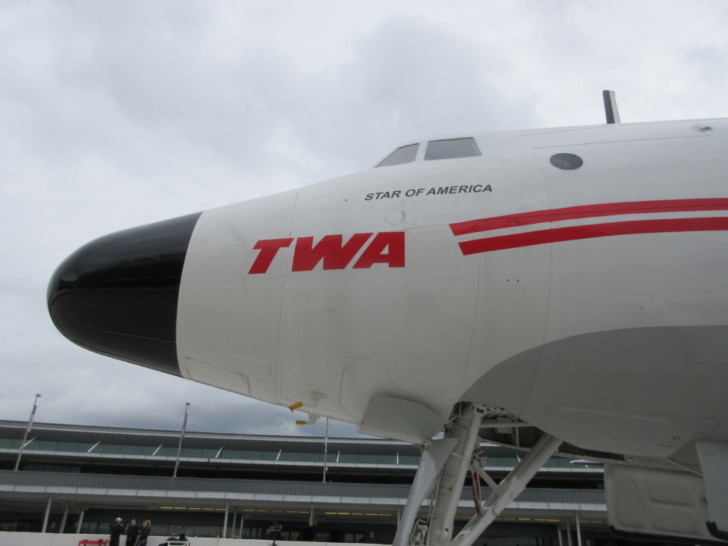
The Lockheed Constellation and Howard Hughes
The Constellation story begins in 1939 when Howard Hughes approached Lockheed Aircraft in Burbank, CA about their Excalibur project. As the CEO of TWA, Hughes needed a pressurized airliner that could cross the continent nonstop. Some people think that Hughes designed the Constellation but he didn’t. Instead, he gave Lockheed a set of parameters to put TWA in front of its’ competitors. Hughe’s requirements of carrying 40 passengers 3,500 miles and the design genius of Kelley Johnson produced the Lockheed model 049. The aircraft was under wraps during development as the Excalibur and was renamed “Constellation” after it was ready to fly.
Before the first Constellation 049 could be delivered to TWA, The United States entered World War II. All Constellations in production were converted to C-69 cargo planes for the U. S. Air Force. Howard Hughes and TWA President, Jack Frye borrowed a C-69 aircraft from Lockheed and they flew the plane from Burbank to Washington DC in 6 hours and 57 minutes. After the war, TWA received 12 model 749 and 20 model 749A Constellations.
Trans-Atlantic Service Begins
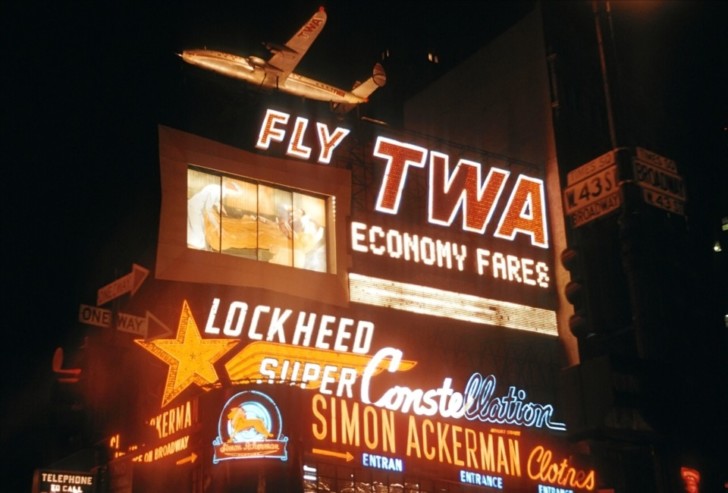
TWA started nonstop service to Europe on February 6, 1946 from New York to Paris flying the 749 Constellation. This was over a year before the biggest competitor, Pan American started nonstop, trans-Atlantic service. In 1950, TWA became Trans World Airlines and an order for 20 of the larger 1049 Super Constellations was placed. Hughes wanted a bigger and faster aircraft to competed with airlines flying the Douglas DC-7C. TWA ordered 40 of what became the final version of the Constellation, the model 1649 “Super G”.
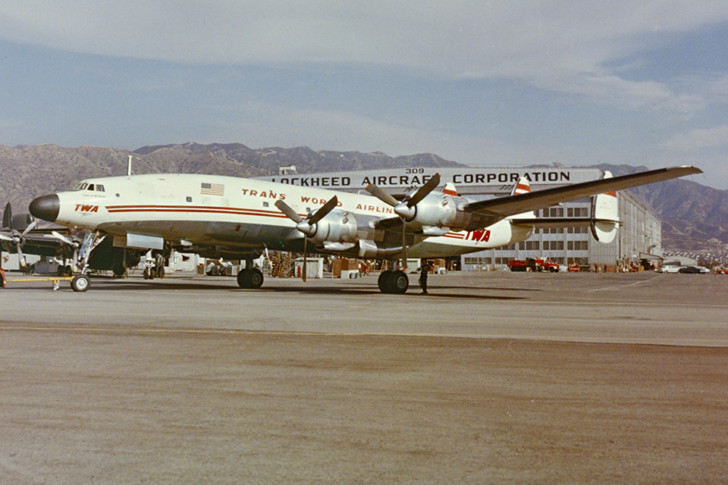
The “Super G” was the largest and fasted model. Here are the specifications:
- The length was 116 feet.
- Passenger capacity was increased to 74
- The plane was powered by four Wright 18-cylinder, turbo-compound engines producing 3,400 horsepower each
- The propellers were Hamilton-Standard constant-speed propellers measuring 16′ 10″ in diameter
- Maximum speed – 377 MPH
- Cruising speed – 290 MPH
- Range – 7,200 miles with reserves
- Service ceiling was 23,700 feet

Too Little, Too Late
TWA began 1649 Super Constellation service from New York to London and Frankfurt on June 1, 1957. In 1956 and 1957, Howard Hughes ordered a total of 33 Boeing 707 jetliners. TWA began operations with the Boeing 707 on March 20, 1959. The last of the Constellations for TWA flew until the mid-1960’s. Connie was replaced by the jet age.
TWA Hotel to The Rescue
The Constellation at the TWA Hotel was a derelict aircraft sitting at the Auburn-Lewiston Airport in Maine. The Hotel bought the aircraft, refurbished and repainted her before transporting her home to the TWA Hotel. No longer will she sit unwanted and unloved. Today, she is the centerpiece of the hotel.
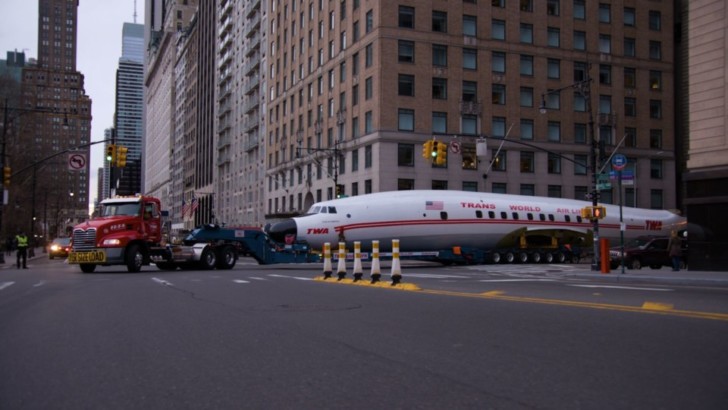
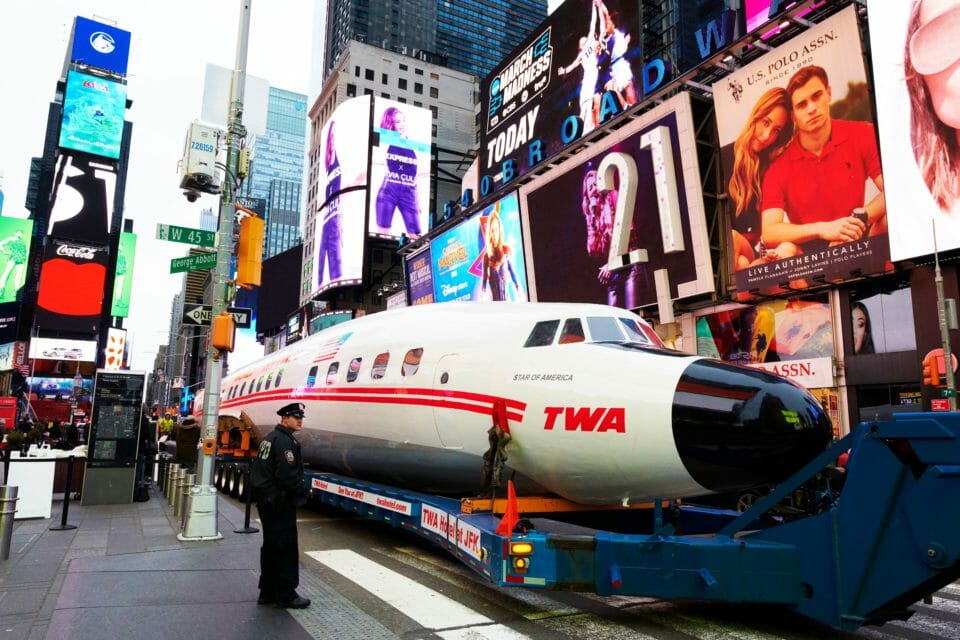
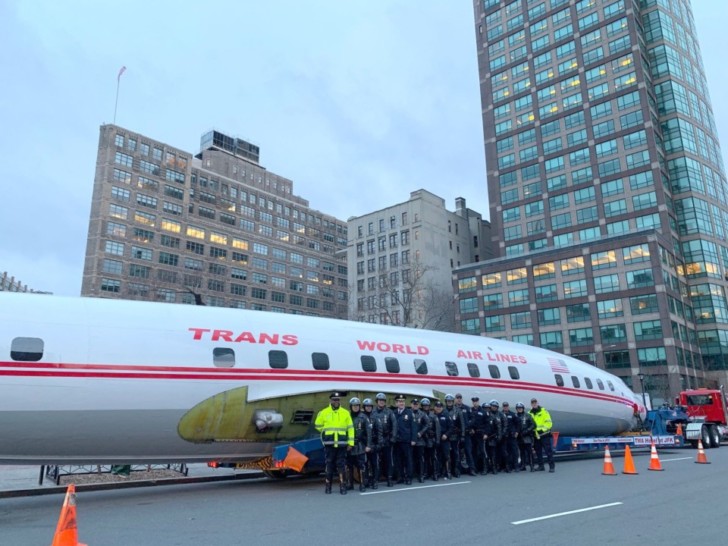
Connie Gets a New Home
Connie is on permanent display in a setting that is perfect for her. She sits on the “ramp” complete with runway markings and lights at the TWA Hotel.
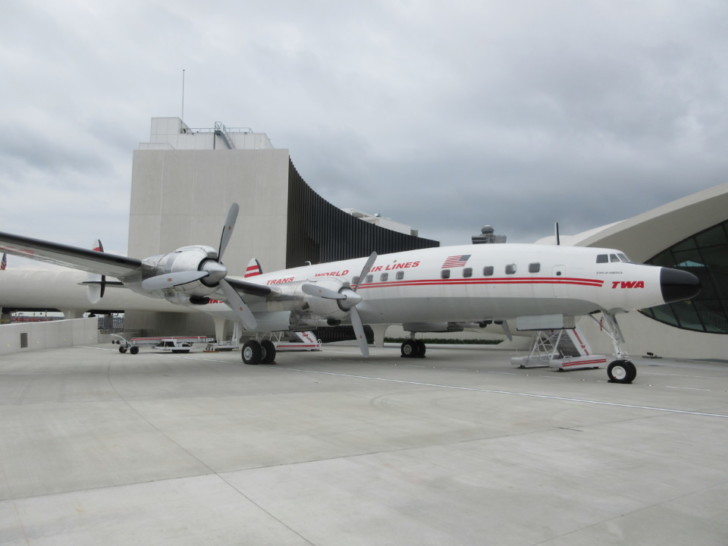
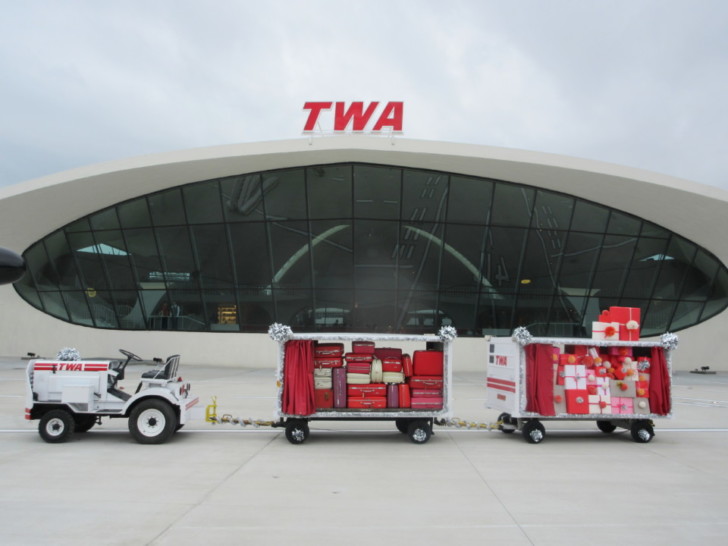
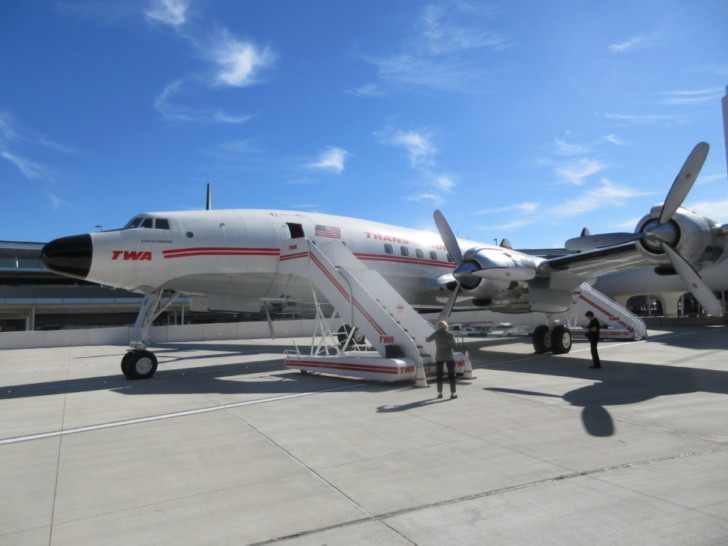
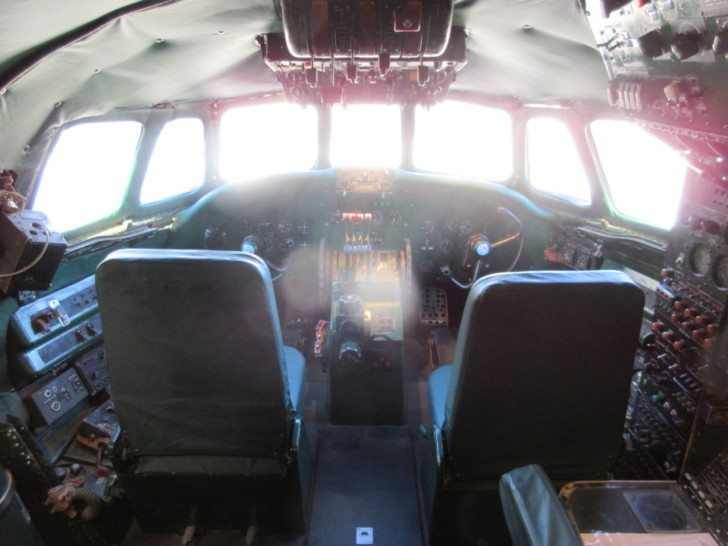
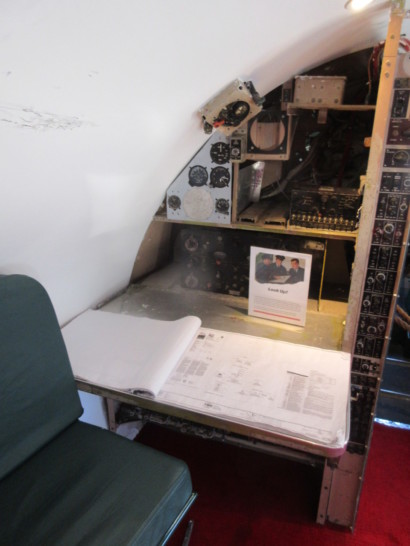
The Connie Cocktail Lounge
Sit back, relax and your flight attendant will be right with you to take your order.
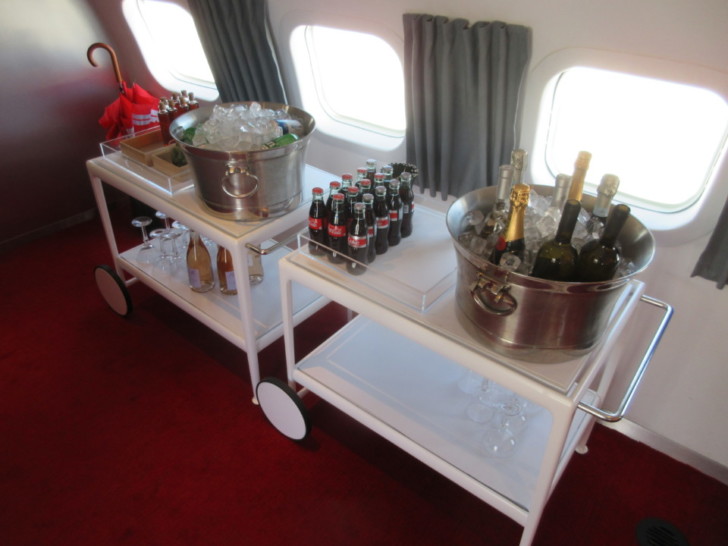
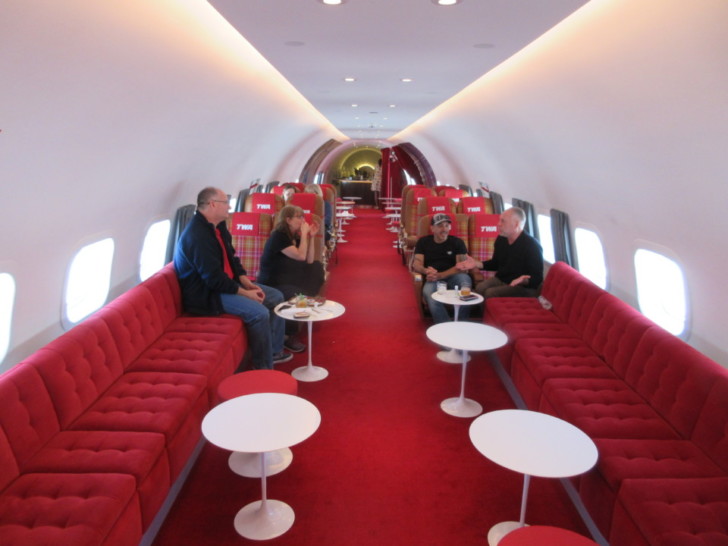
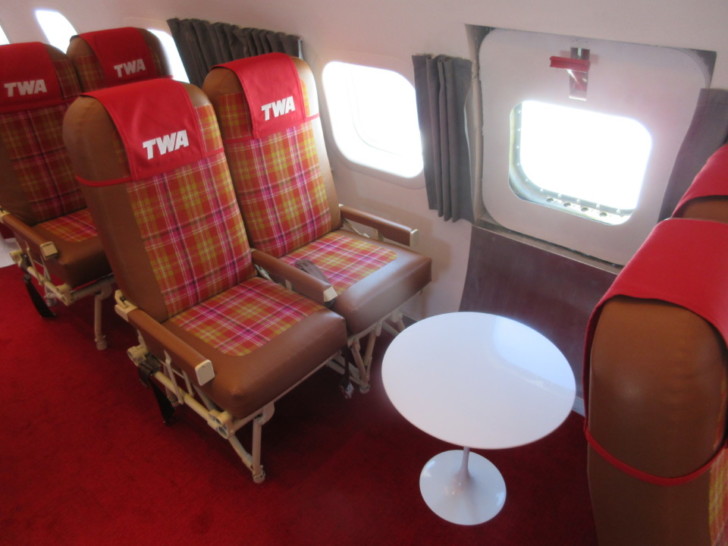
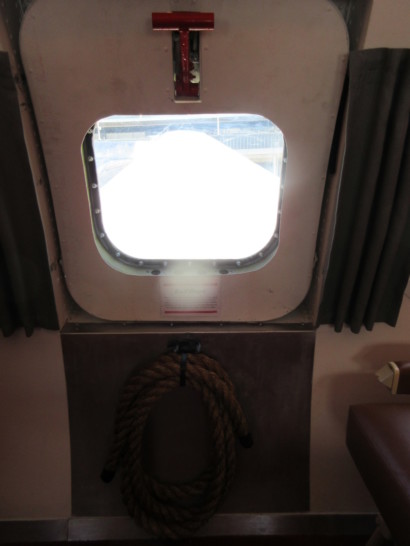
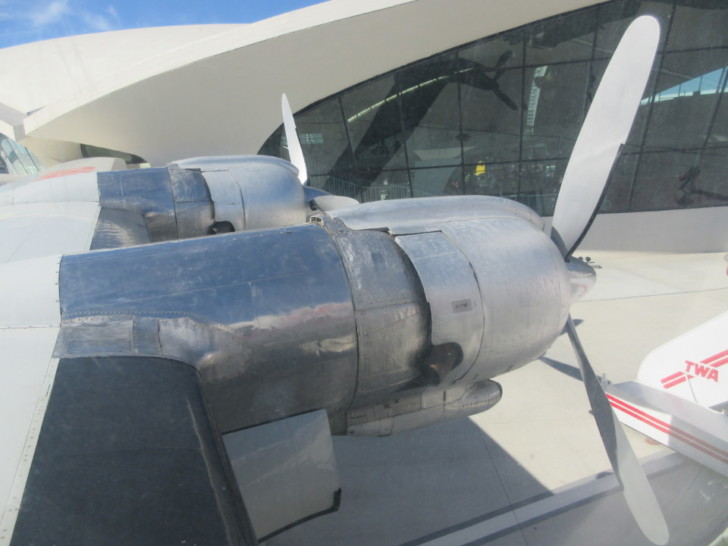
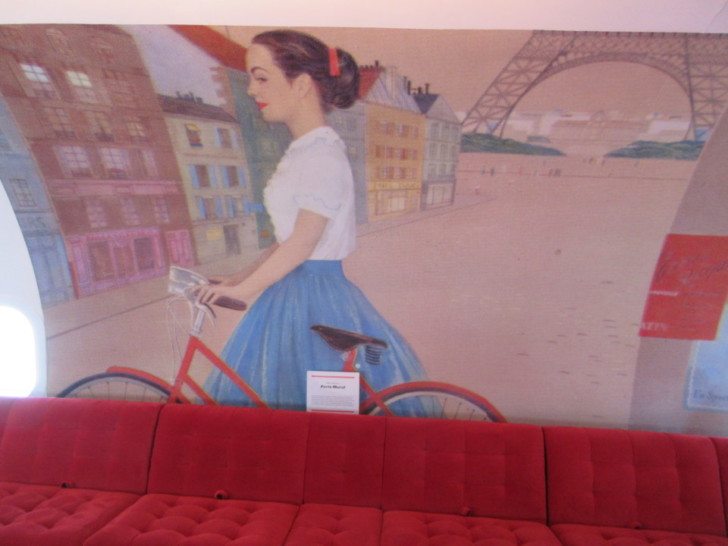
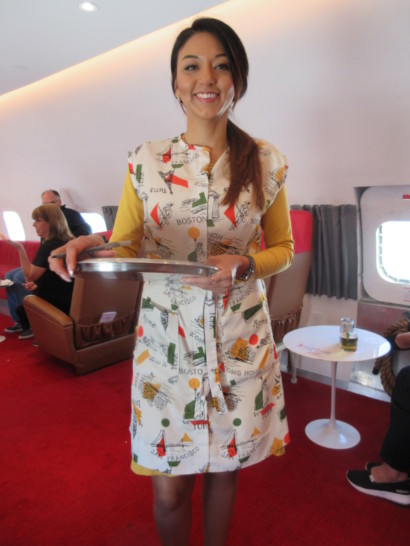
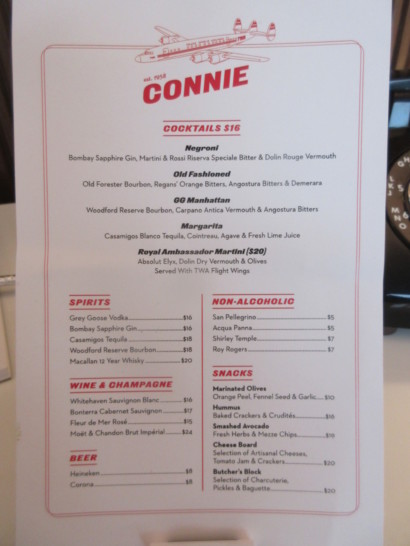
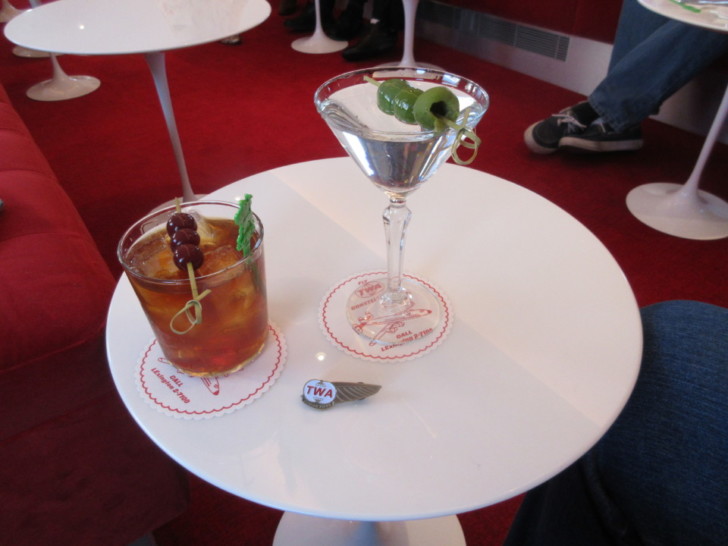
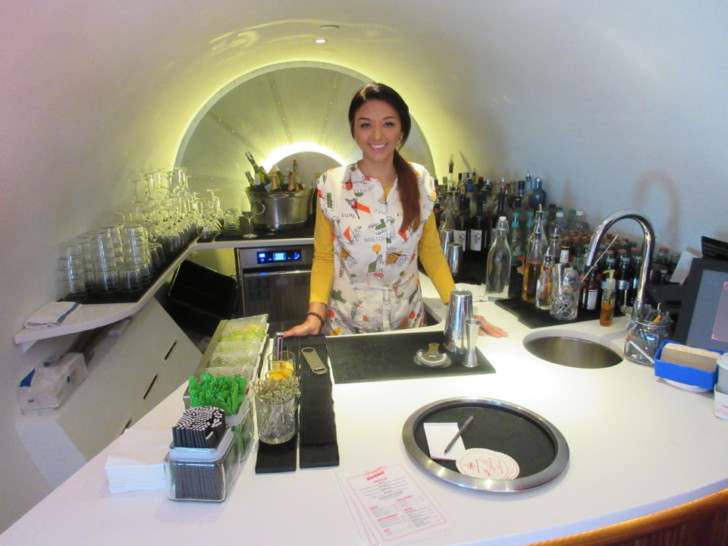
Where is TWA Flight 1962 headed next?
Tomorrow, we will go to the 86th floor of #1 World Trade Center to visit the TWA Lounge. This lounge is no longer open to the public so join me tomorrow for this Travel Codex exclusive tour.
